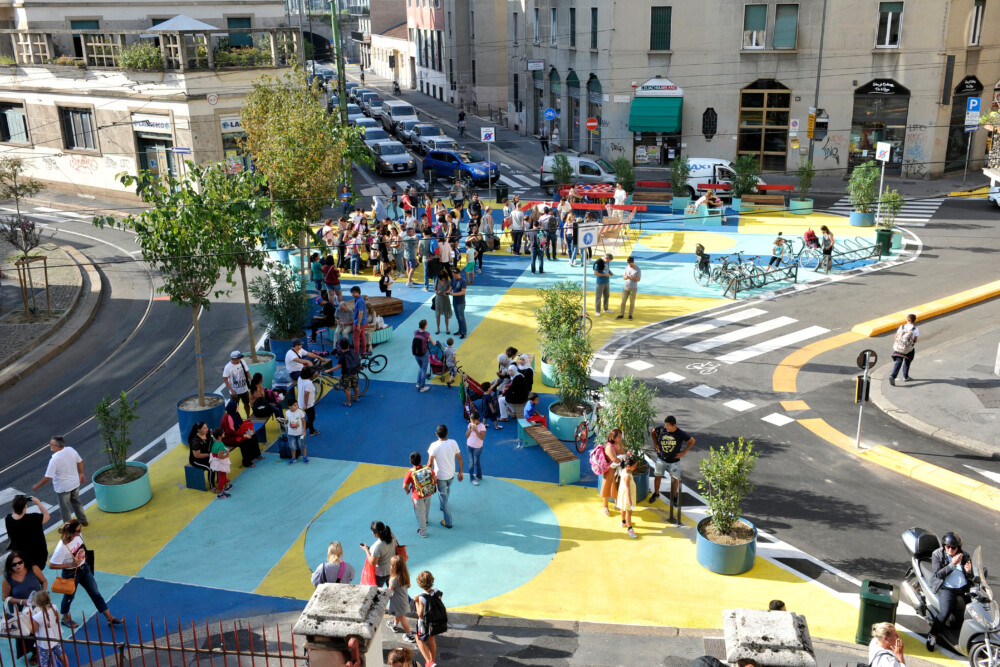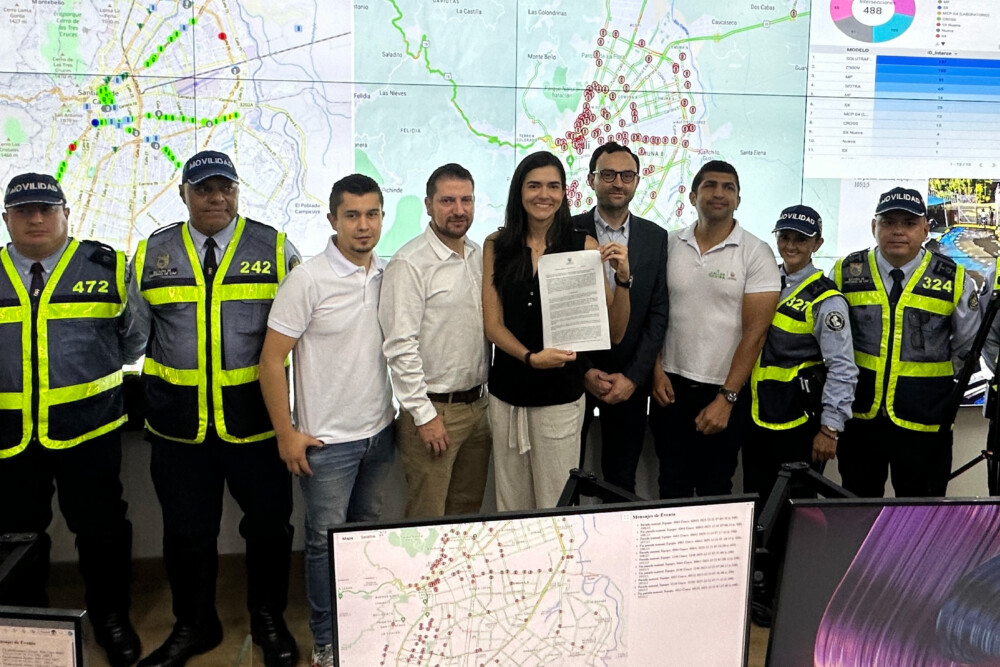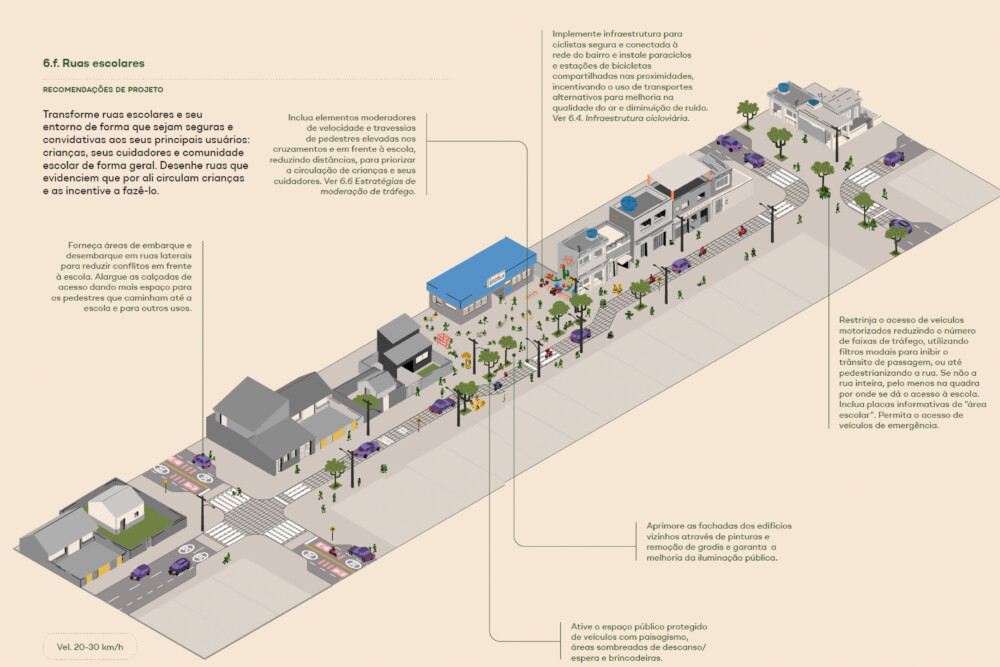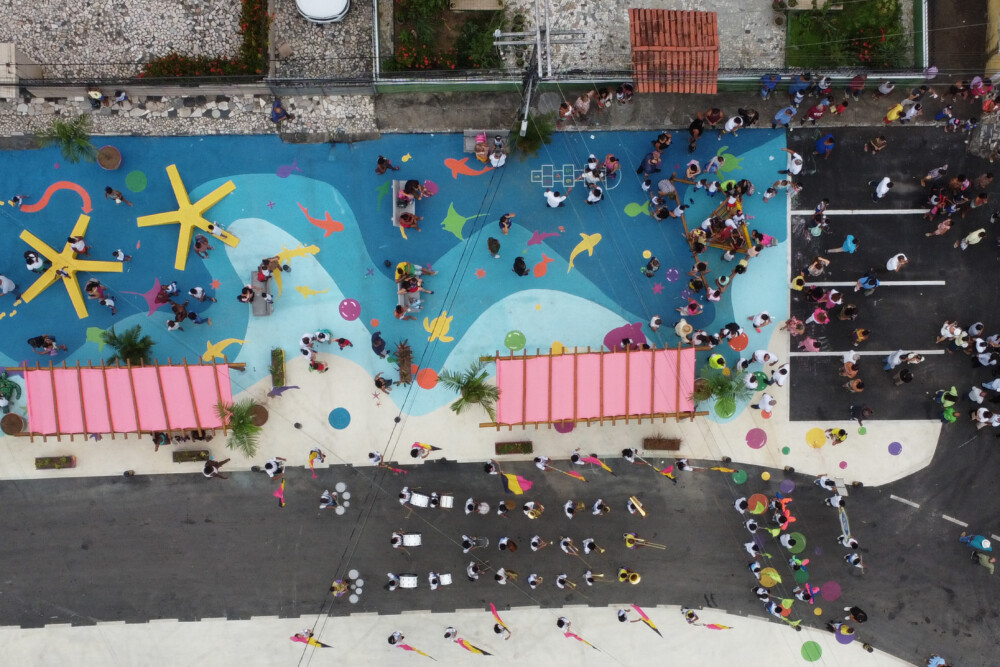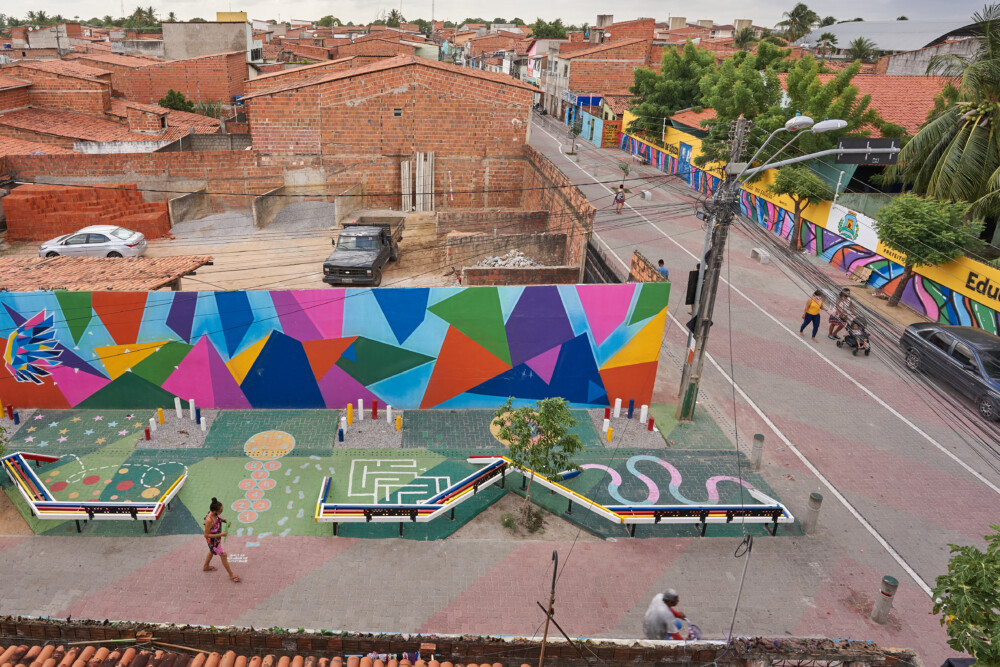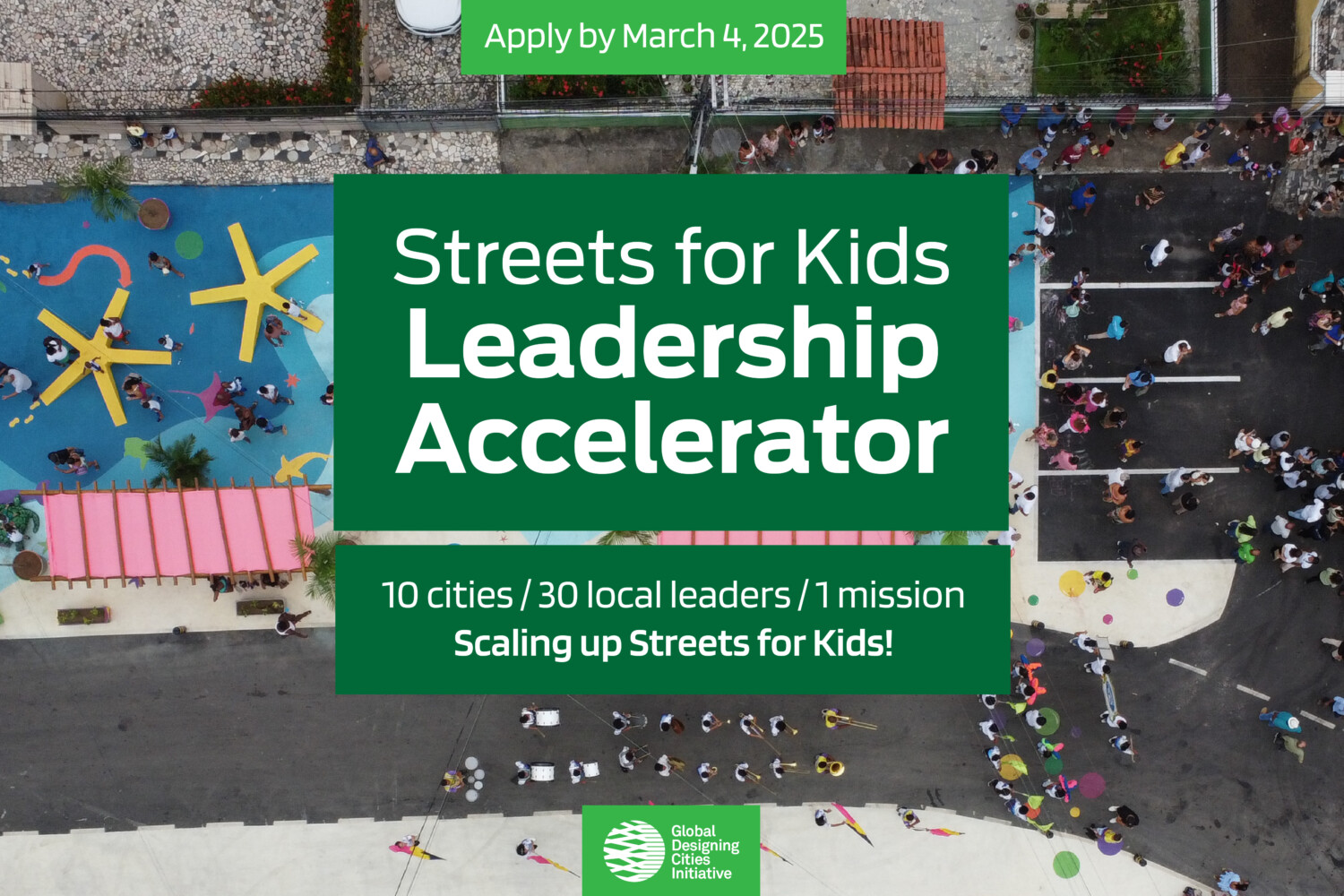
What is the Streets for Kids Leadership Accelerator?
The Streets for Kids Leadership Accelerator is a capacity-building online program that brings together a selected cohort of city teams to learn from global experts, get inspired by international case studies and best practices, and develop their proposals to lead and implement better streets for kids in their cities. The accelerator builds upon the Streets for Kids program experience of supporting over 40 cities worldwide through technical assistance and capacity building. It follows the international, award-winning Designing Streets for Kids design guidance as well as the recently launched “How to Engage Kids in Street Design” and “How to Evaluate Street Transformations near Schools” booklets.
- Read about the previous cycle of the Streets for Kids Leadership Accelerator.
- View stories of previous projects supported by GDCI, including Fortaleza, Brazil; Milan, Italy; and many more.
In 2025, GDCI is launching a new round of the Leadership Accelerator focused on scaling up streets for kids. This will be a unique opportunity for ten city teams in Brazil, Colombia and Ecuador to build their knowledge, expand their local partnerships, and scale up projects, processes, policies, and programs to achieve an even greater impact on the lives of kids in their cities.
“We’re thrilled to launch a new call for ten cities ready to take their efforts to the next level, making streets safer, healthier, and more joyful for kids,” said Skye Duncan, GDCI Executive Director. “From our first call, cities around the world have shown that when we prioritize kids’ needs, incredible street transformations are possible. This will be an opportunity for cities to learn from one another, share their successes, and continue driving meaningful, long-term change that improves the lives of children in their communities.”
Examples of proposals GDCI would support include:
- Developing or refining a process to replicate successful street transformations into multiple projects
- Formulating a policy or legislation to embed child-friendly street design approach in future projects
- Engaging more collaborators within or outside your organization to increase your initiative’s impact and promote child-friendly streets
- Leverage more tools such as documentation, evaluation or engagement to monitor, enhance or communicate your program or policy
- Expand policies or programs that promote children through tools to enhance road safety, environmental quality, active mobility or play.
What is scaling up Streets for Kids?
Designing streets for kids goes beyond one-off street transformations and temporary events. It requires scaling up and making street improvements part of citywide agendas, programs, and policies. These can be achieved by embedding and institutionalizing best practices and allocating budgets for long-term sustainability across political administrations. To sustain change when today’s best practices become standard practice, city agencies, and other organizations and stakeholders, are working to align their efforts to work toward an overall vision of a child-friendly city.
“A city that works for everyone starts with a street built for kids. Turning innovative designs for safe, child-friendly streets into standard practice for an entire city takes vision and action to embed these strategies into city operations and community partners on the ground.” – Janette Sadik-Khan, Board Chair, Global Designing Cities Initiative, and Principal, Bloomberg Associates
Read about cities scaling up their streets for kids efforts in 2024.
What to expect?
Selected cities will participate in weekly online sessions between April and May 2025. After completing the Leadership Accelerator, teams will be invited to apply for additional technical assistance to support their goals. The Leadership Accelerator will offer global presentations and case studies, interactive activities, networking opportunities, and city exchanges on themes such as :
- Scaling up Streets for Kids
- Designing child-friendly streets
- Engaging kids in street design
- Opportunities and challenges in scaling up initiatives
- Collecting data and communicating projects, programs, and policies
- Engaging stakeholders and refining processes
- Launching, disseminating, and maintaining initiatives
Application Criteria
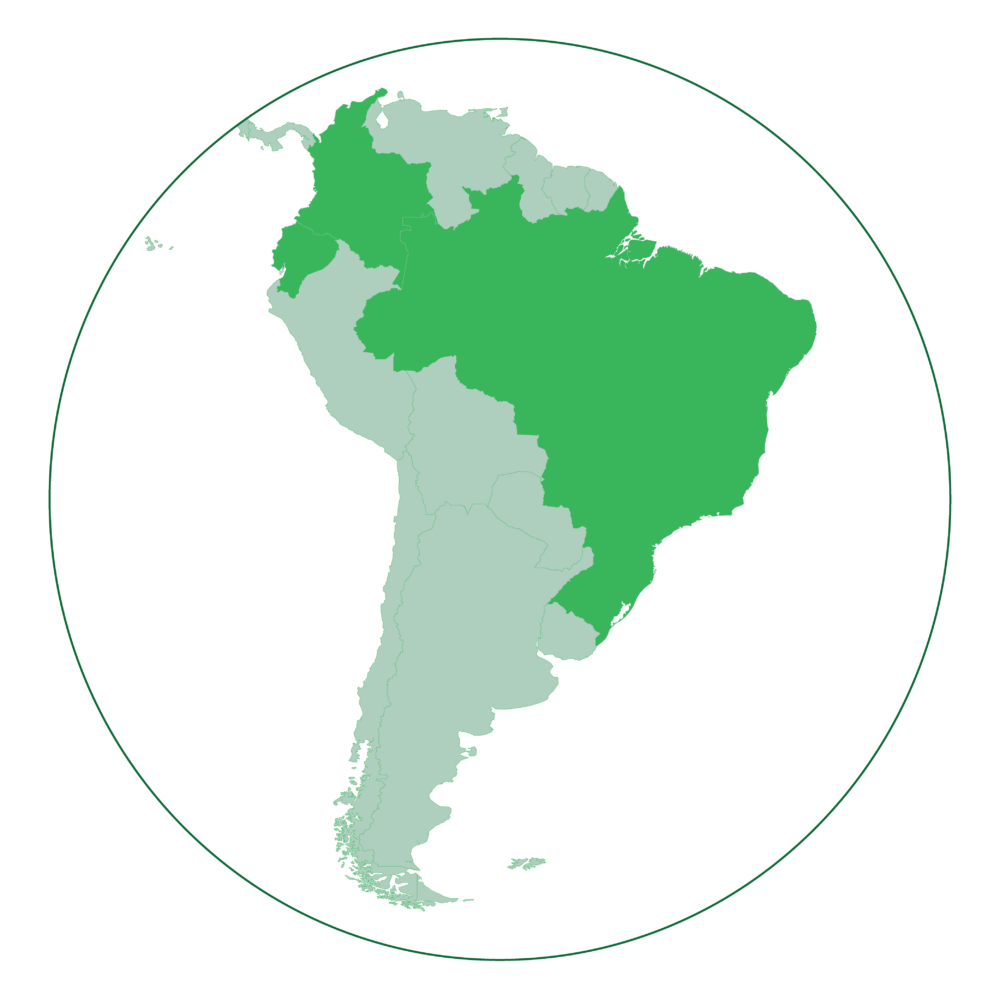
Cities from Ecuador, Colombia, and Brazil
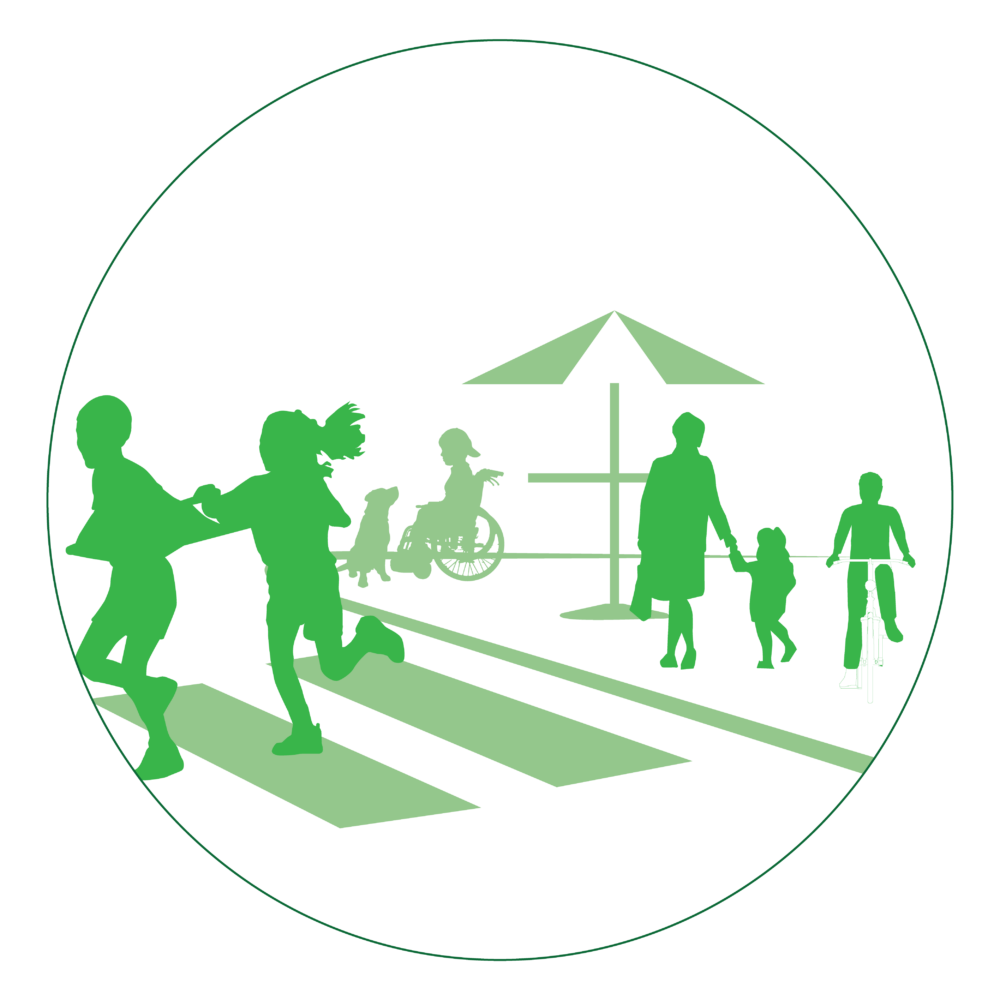
Have experience implementing at least one child-friendly street

A three-member team committed to promoting child-friendly streets in their city

An actionable vision to scale up your efforts through projects, processes, programs, or policies
Teams participating in the Leadership Accelerator will gain:
- Global knowledge and best practices on how to scale up streets for kids
- Experience collaborating and strengthening local partnerships
- Networking opportunities
- An opportunity to be showcased on a global stage
- Eligibility to apply for in-depth technical support and potential funding
Past partner cities sharing their experiences working with Streets for Kids:
How do we apply?
- For more details, download the FAQ sheet and application preview page.
- Watch the recording of the Q&A Webinar held by the Streets for Kids team on February 13, 2025, in English, Spanish, or Portuguese.
- Submit your application by March 4, 2025.
